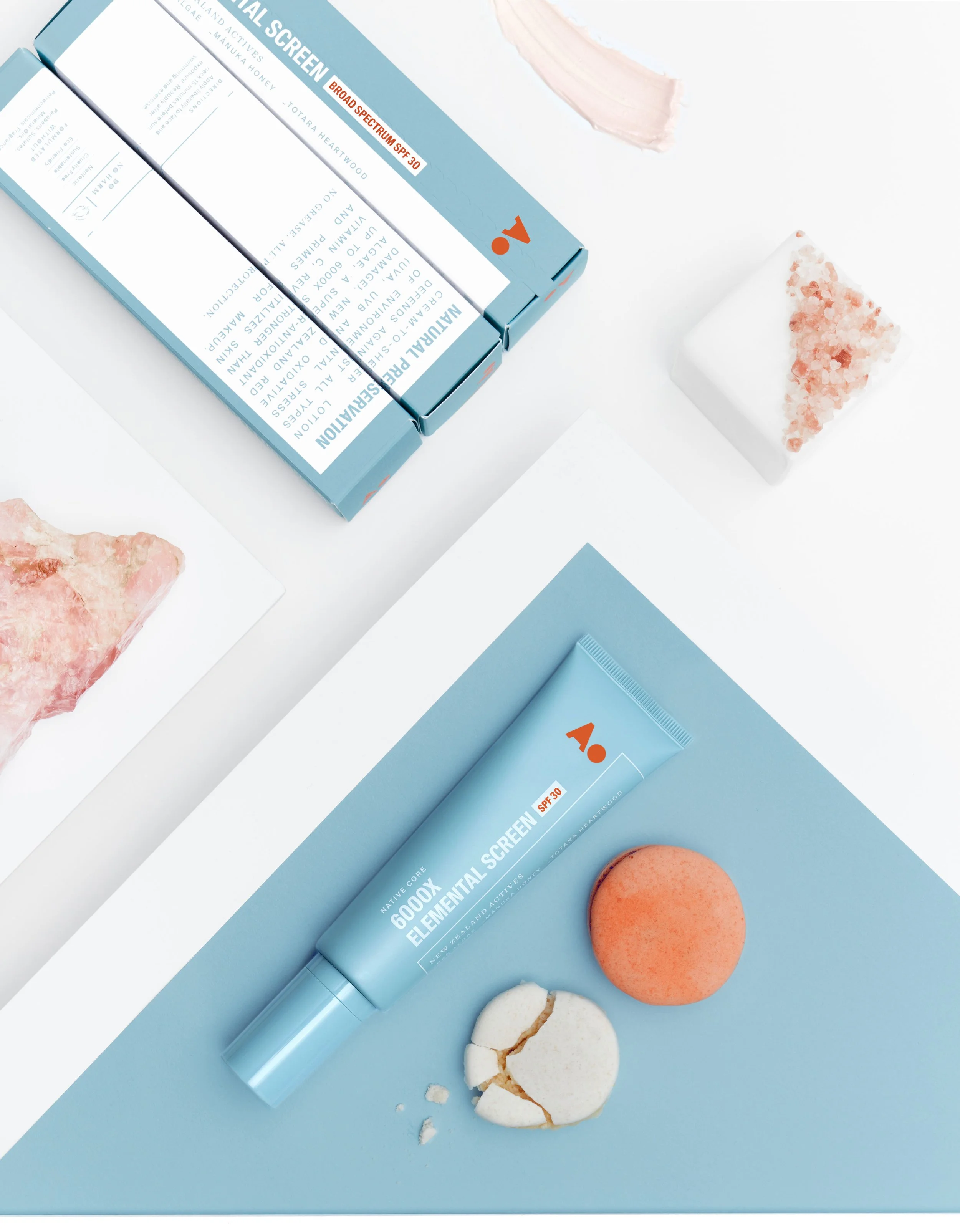Micronized vs. Nanonized Mineral Sunscreens: Navigating Safety and Efficacy
By Dr. Mark Gray, Harvard-Trained Dermatologist and Ao Co-Founder
Understanding Particle Sizes in Mineral Sunscreens
Mineral sunscreens, using zinc oxide or titanium dioxide, have revolutionized suncare by providing physical barriers that reflect UV rays rather than absorbing them like chemicals. The key to their usability lies in particle size: traditional large particles leave a white cast, while smaller ones improve spreadability. Micronized particles (typically 100-2,000 nm) and nanonized (under 100 nm) aim to solve this, but their differences matter for safety and performance. As a dermatologist, I evaluate these based on clinical evidence, where efficacy must balance with minimal risk.
At Ao, we use coated, non-nano micronized zinc oxide
The Benefits of Micronized Sunscreens
Micronized minerals reduce particle size without dipping below 100 nm, offering a sheer finish that's easier to apply daily. Studies in the Journal of the American Academy of Dermatology show they maintain broad-spectrum protection against UVA/UVB while minimizing visible residue – crucial for compliance, as only 40% of people reapply sunscreen regularly (AAD data). Fact: Micronized zinc provides anti-inflammatory benefits, soothing irritated skin post-exposure. Their larger size ensures they stay on the surface, avoiding deeper penetration.
Potential Risks of Nanonized Sunscreens
Nanonized particles (nano <100 nm) enhance transparency but raise concerns. Alarming stat: EWG reports potential for nano-zinc to generate free radicals under UV, possibly accelerating oxidative damage – the opposite of protection. While FDA deems them safe topically, European studies (e.g., in Nanotoxicology) suggest possible absorption in damaged skin, leading to inflammation or environmental harm (nano-titanium linked to reef toxicity). Dermatology consensus: Nano may irritate sensitive skin more than micronized.
Why Ao's Non-Nano Micronized Approach Excels
At Ao, we use coated, non-nano micronized zinc oxide – striking the ideal balance. Independent testing confirms no white cast, full broad-spectrum efficacy, and reef-safety without nano risks. Clinical trials on our formulas show 100% firmness improvement, blending protection with repair. This makes Ao superior for long-term use, avoiding nano's uncertainties while delivering premium feel.
Practical Advice for Choosing the Right Sunscreen
When selecting, prioritize non-nano micronized for safety—check labels for "non-nano" or EWG Verified®. Apply generously (2 mg/cm²) for proven efficacy. In high-UV areas like California, daily use cuts skin cancer risk 50% (Australian trials). Consult a dermatologist for personalized needs.
Final Thoughts on Safer Suncare Choices
The micronized-nanonized debate underscores that not all minerals are equal – opt for evidence-backed, non-nano options to maximize benefits. Ao's 6000X Elemental Screen SPF30 embodies this, offering repair with astaxanthin alongside superior protection – subtly elevating your routine beyond basics.

